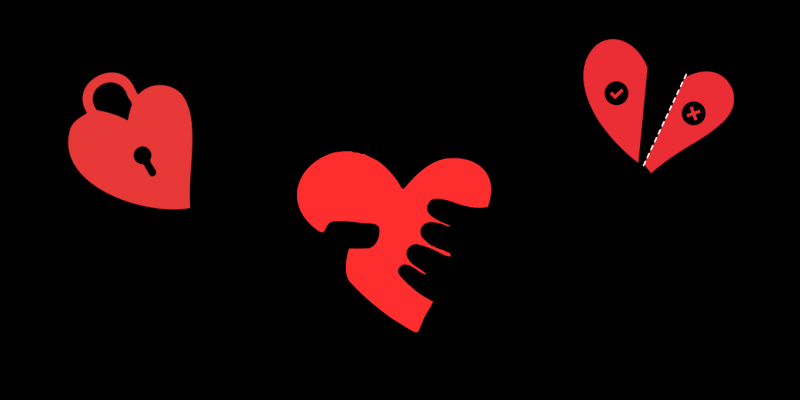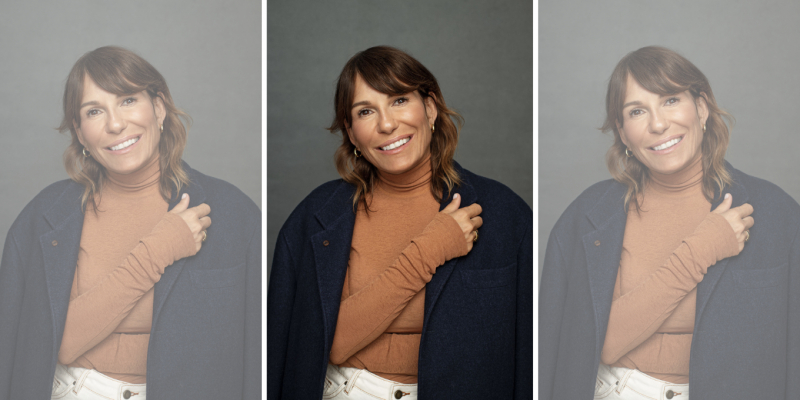Life and Love
How to Declutter Your Home the Celeb-Approved Way
Clea Shearer and Joanna Teplin, the duo behind The Home Edit, on how to organize every room in your home.
by : Patricia Karounos- May 19th, 2020
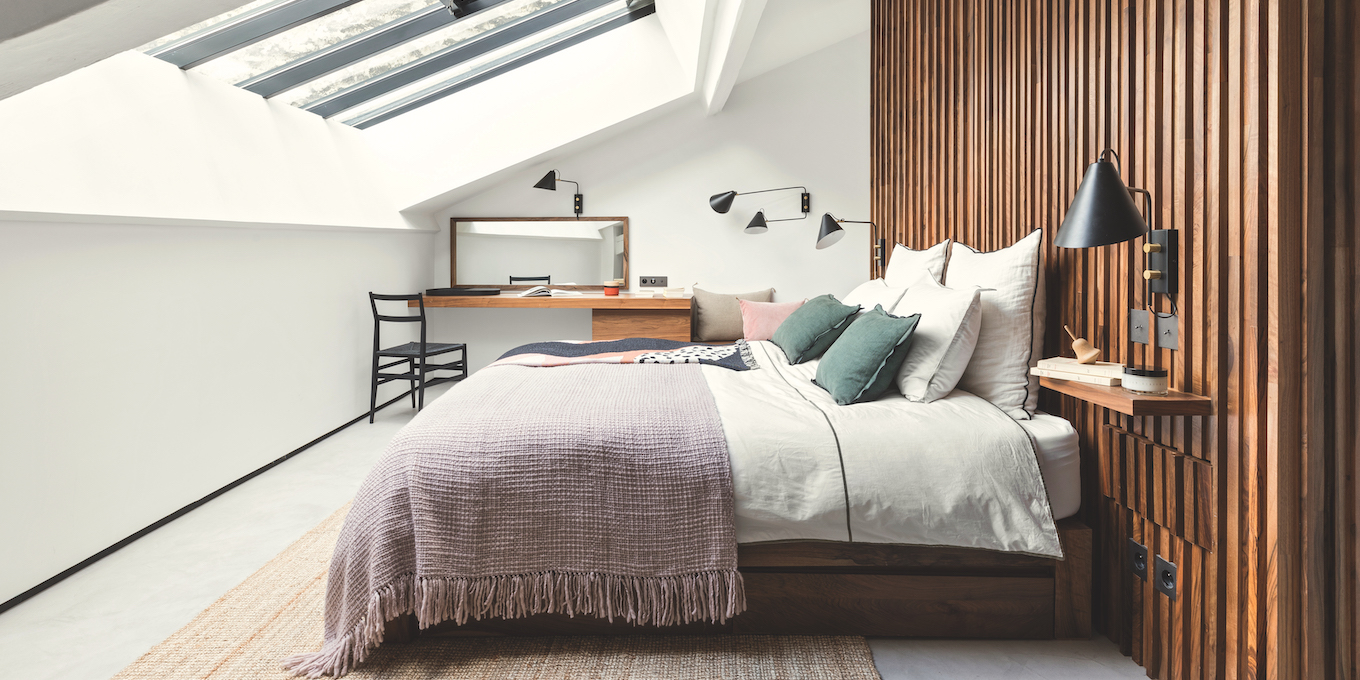
ROMAIN RICARD
Who would have thought that clearing out your living space would be this spring’s hottest trend (second only to learning the latest TikTok dance routine, of course)?
Enter Clea Shearer and Joanna Teplin, co-founders of the ubiquitous organizing brand The Home Edit. The duo are behind the clean, colour-coded decor aesthetic that’s all over your IG feed – likely put there by some of their celeb clients, including the Kardashian fam, Gwyneth Paltrow and Mandy Moore. And when it comes to tackling your own space, the professional organizers know one thing to be absolutely certain: Getting started is the hardest part.
“You have to be honest with yourself,” says Shearer. She and Teplin were in Toronto recently to decorate a condo – complete with their signature attention-grabbing shelves of books sorted by colour and staple snacks stored in clear containers for easy visibility – in collaboration with lifestyle-tech brand Philips. “Most people [approach organizing] from a place of guilt,” she adds. “That’s why they don’t want to get rid of things. But if you’re not using something, why keep it? You’d just be keeping a mistake.”
We caught up with Shearer and Teplin (pre-social distancing) to get their best home-organizing tips for every area in your living space.
View this post on InstagramWhen you’re on a walk in LA and spot a rainbow wall 🌈✨ #thehomeedit
A post shared by THE HOME EDIT ® (@thehomeedit) on
The Bedroom
“Personally, we like to keep the bedroom as sparse as possible. The less you have in there the better – except for the closet. Don’t go crazy with storage systems [in here]. But what you can do – and this applies to any room – is look at the negative space and figure out how you can utilize it better. One [underused] space is the back of the door. There are plenty of great units you can get that are really useful for accessories, winter hats – whatever it may be.”
The Closet
“Never start with your closet. It’s a critical place to get organized, but it’s also a place where you can become paralyzed in so many different ways. It’s much easier to open a pantry and be like, ‘This oil has expired.’ But with jeans, it’s like, ‘These haven’t expired. I might fit back into them one day.’ When you are ready to start on your closet, the first thing you have to do is edit. Take everything out – literally touch every single item and make a decision about whether to keep it or not.”
“Label everything. If you don't label it, you won't maintain it. Think of labels as an active set of instructions for every person in your household.”
Living Room
“Zones, zones, zones. A living room used to be a more formal entertainment space, but now it’s like a general multi-purpose space. Zones create boundaries and help you establish designated areas. For example, if you have a desk, that area can be your work zone and all your work has to stay within that zone. Because once it infiltrates other zones, you get clutter. If you have kids, you can set up a zone just for them so you can remind them of their space. And you can have a book zone, which is where we love to do colour-coordinated books. People see that and are always like, ‘Ah, I love it.’ But the rainbow system also speaks to our motto of ‘Form meets function’ – it’s a system we intuitively understand, and it’s beautiful and can transform a space.”
Kitchen
“Kitchens can be overwhelming, but even in a small kitchen there are a plethora of drawers and cabinets. You have to think about the workflow and about the space you have and who uses it [the most]. And pay attention to every space, like under the kitchen sink. That’s prime real estate – to us, it’s just as valuable as a pantry, but everyone thinks it’s a throwaway. We want all the spaces to shine and [be organized] as if there are no doors [hiding them].”
Bathroom
“You’re missing out if you don’t have an organized bathroom – it’s the first and last thing you see every day. Just like in the kitchen, under the sink is an important spot. [Designate] specific storage bins to each person so products don’t get mixed up. Organizing is really about making smart choices and being selective about what you bring into your home. Here, and in the kitchen, you can think about what’s going to live on your countertop. [Buy] beautiful things that you’ll [want to] put on display, like a nice electric toothbrush. You’ll free up extra space in drawers for other things you need.”
Storage Essentials
Use turntables in hard-to-reach places, like under the kitchen sink, to maximize storage and create ease of access. Plastic divided turntable,
The Home Edit ($30, at Canadian Tire, canadiantire.ca)
Store food and snacks in clear containers—not only are they more visually appealing but they let you see what you’re running low on. Glass and cork jar, Bodum ($30, at Hudson’s Bay, thebay.com)
Use storage bins with handles for top shelves so you have something to grab onto when you’re pulling them down. Polyester, cotton, linen and rayon storage box, Muji ($23, muji.us)
This article originally appeared in the June 2020 issue of ELLE Canada. Subscribe to ELLE Canada here or buy a digital copy of the June issue here.
READ MORE:
How to Marie Kondo Your Makeup Collection
Newsletter
Join our mailing list for the latest and biggest in fashion trends, beauty, culture and celebrity.
More from Life and Love
Read Next
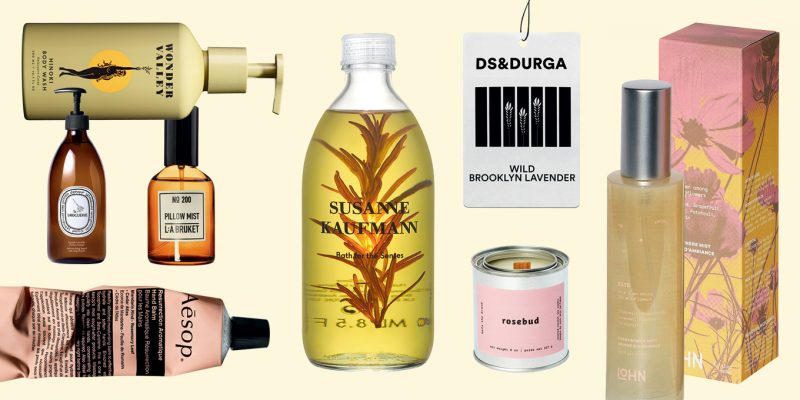
Beauty
10 Luxe Household Scents That Smell Amazing
Including Diptyque dishwashing liquid, Canadian-made room sprays and so much more.
by : Katherine Lalancette- Apr 17th, 2024
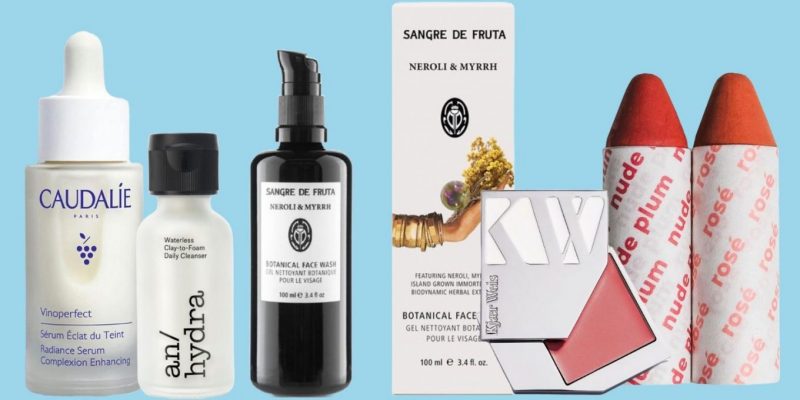
Beauty
10 Sustainable Beauty Brands to Know About This Earth Month
Refillable, Waterless and sustainable, oh my!
by : Allie Turner- Apr 17th, 2024

Beauty
Tested and Approved: A Skin Saviour That Works While You Sleep
Wake up with your glowiest skin yet—even if you didn’t clock eight hours.
by : ELLE Canada- Apr 11th, 2024




